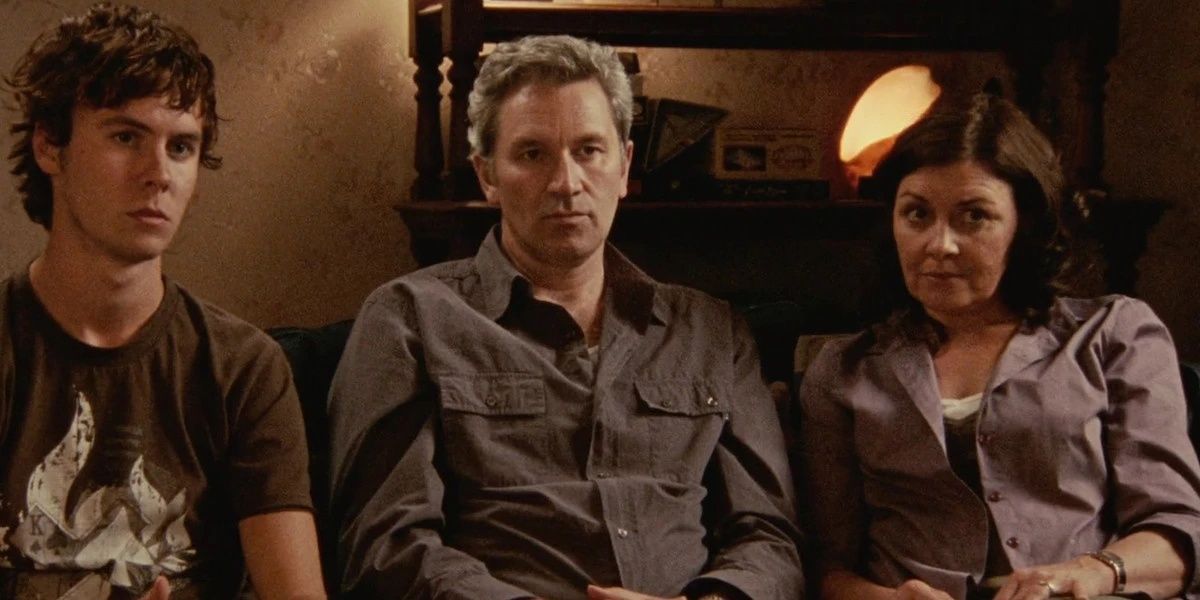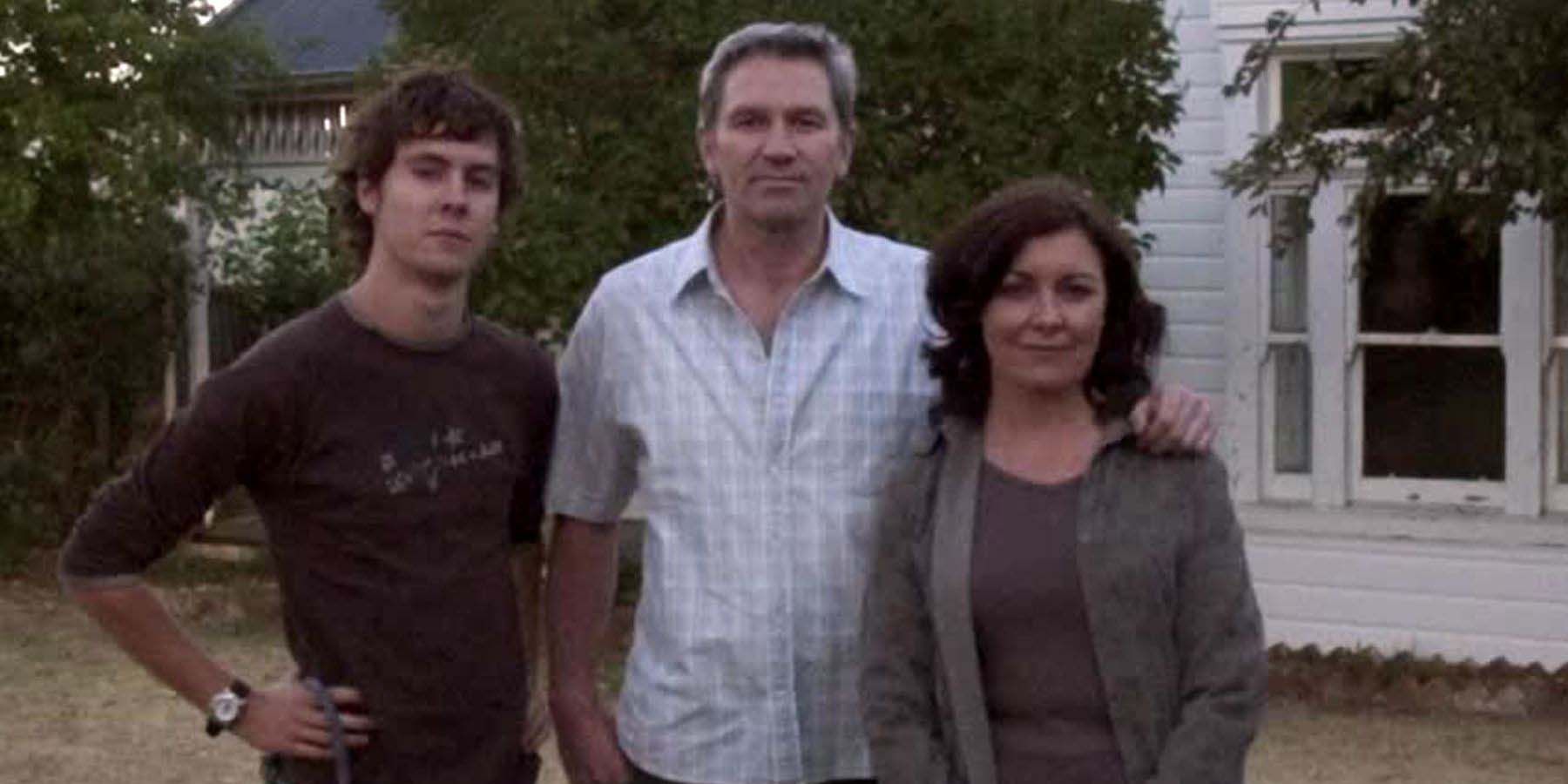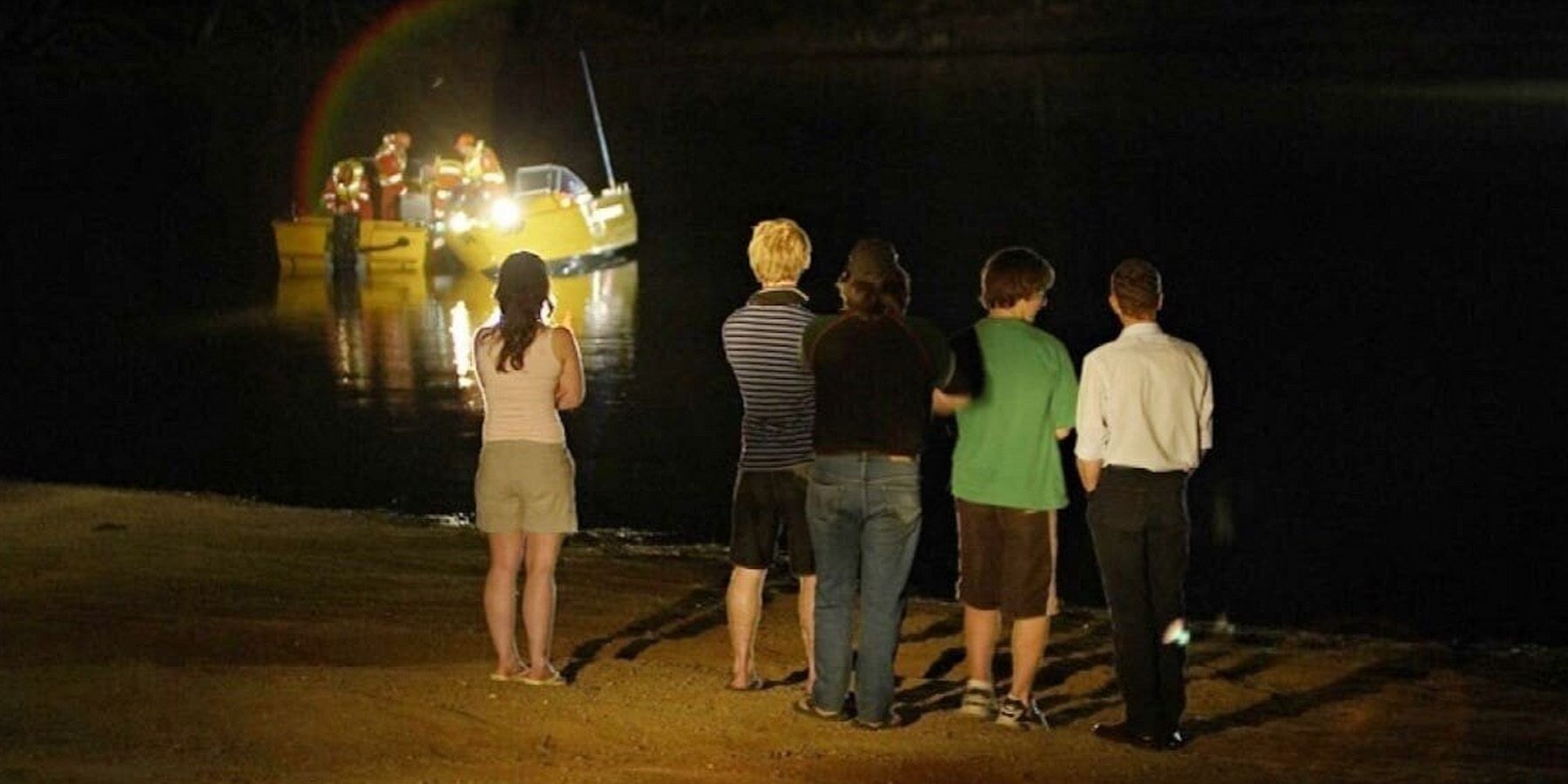It's rare to walk away from films that leave you with a sinking feeling in your stomach. It's even odder when a found footage film leaves behind a sense of terror, sorrow, and discontent all in one sitting. Joel Anderson's Lake Mungo is a vignette in the found footage catalog that supplies all these complicated emotions: After one watch, it's impossible not to feel them all at once. When viewing Lake Mungo, one gets the impression that the entire story arose from the raw and relatable emotions of grief, regret, and, at times, the inability to move forward. It's much less about the supernatural aspects it implies than it is about exploring the essence of the human ability to cope with death and how each person deals with it differently.
Anderson would go to great lengths to accomplish this by not writing the script and only providing notes for how each character was improvising in each scene, producing a stunning and convincing approach to the subject at hand. Paying homage to David Lynch's iconic creation, Twin Peaks, the Palmers would be not only symbolic of the tragedy they experience but also an extended metaphor of a town not being as idyllic as it seems.
The focus of the film is on the Palmer family, who attempt to come to terms with the passing of their 16-year-old daughter Alice (Talia Zucker). Alice drowned at the bottom of a dam while swimming with her brother Matt (Martin Sharpe) in the small town of Ararat, Australia, and the mystery of how this tragedy occurred is at the center of this documentary-style movie. Uncomfortably, we learn that Alice's family didn't know much about her and that Alice had more secrets than she let on. The viewer also starts to understand that, before her life was abruptly cut short, Alice was also on a journey of self-discovery.
Soon, the family begins to notice strange occurrences happening around the house. Her spirit begins to manifest in photographs and even in the camera footage. These bizarre happenings do not seem to present themselves for their creepiness or shock value, but rather, they seem to exist as if to tell the audience that something is not quite right.
Because Lake Mungo is committed to concepts of genuine emotion and the nuanced notion that people are layered, Lake Mungo succeeds as a found footage experience. What we perceive to be "skin deep" about someone is not what we know about them. Pure evil lurks in plain sight, and justice may not always be served correctly, no matter how hard we try. Playing out like a true-crime documentary, viewers begin to fill in the gaps of what happened down at the dam, and the revelations are up for interpretation but painful to digest.
As the Palmers search for answers relating to their daughter's disappearance, the film ruminates on each interview, allowing the viewer to take in each character and understand them. While it is about understanding her family members' relationships to understand Alice's life weeks before her death, it's the little unsettling things that happen behind the scenes that are more important. The twists are thick and heavy, and all of Alice's appearances have been leading up to this point.
The medium claims he has never met Alice and cannot find any evidence of her presence in the house, prompting Matt to tell his mother that the tapes "were manipulated" and Alice's ghostly apparitions were not "real." To provide his mother with the sense of closure she needs in all of this, he offers to get Alice's body exhumed to show that she is dead. To make matters worse, Alice's mother June (Rosie Traynor) discovers one of Alice's tapes, which contains graphic evidence of a sexual encounter between Alice, Brett, and his wife. Evoking another aspect of loss, her family felt as if they knew her intimately, but this only alludes to another private area of her life that they were not privy to. What else did they not know about her?
While this red herring shifts focus to this distressing and coiling bit of evidence, other evidence is recovered that the family finds, detailing Alice burying something by the foreboding lake. They dig it up, revealing personal items and a phone. What surfaces is a very contorted and shocking set of twists and turns. Alice was trying to get her family to see the truth, and it was there, in plain sight.
On Alice's phone, the video depicts images of her walking the shoreline of the mysterious Lake Mungo, where she comes upon a ghostly apparition. She recognizes the decomposing figure she sees in the water as herself, which returns to the chilling discovery of the body exhumed by her father earlier in the film. This alarming news confirms that Alice not only knew she was going to die, but there was a purpose for why she hid the phone there in the first place. The only way she could tell her side of the story was via phone because she knew she wouldn't be alive to do so. With so many questions being barraged at the family and the viewer, this is Alice's last attempt at giving us answers.
This comes back to the chilling theme that seems to be circling throughout Lake Mungo. While this is the only footage we see of this family and its residents, it makes a hard-hitting point by showing that no one truly knows anyone, not even family. Her brother was the last one to see her at the lake. Throughout the film, he seems to be the only one pulling the strings to keep them from finding something else out. Pieces are missing, and people know more than what they lead on, leading to disturbing implications for what those details may mean. The film makes this point with many of the scenes purposefully zooming in, almost as if to tell the viewer to pay attention or risk missing out on something important, creating an uneasy and tense atmosphere every time.
The film goes to great lengths to tell the story of a grieving family who were unable to connect with their daughter, who in turn struggles to connect with them. But underneath this narrative is the terrifying story of a girl who attempts throughout the film to give the audience pieces to this tragic puzzle and ultimately fails at bringing it to light: The viewer can't justify what is or isn't significant, and the only person who knows is dead. The only clues that one can go on are what she left behind and how people paint themselves as they are at present, not as she knew them.
When the family is tired of finding answers, the Palmer family brings themselves to believe that it is best to leave the house and start fresh somewhere else. The figure of Alice can be seen in the window as they drive away from her. This leads back to her brother Matt's previous statement. Were all the video clips truly manipulated? If so, why is Alice's ghostly apparition still in the window in the last sequence? There was nothing to alter at that point. At the start of the film, instead of dealing with his mother's painful struggle and misguided belief that Alice is not gone, her son decides to facetiously enable this to continue by filming "fictitious proof" of Alice's continued presence. But as the film comes to a close, the audience realizes this was all misdirection. In many perfectly timed sequences, Alice was repeatedly letting her family and the viewer know she was always there.
What remains terrifying about Lake Mungo is the trail of implications it leaves behind and the sad and painful truth behind why they left. Sometimes people can be tired of finding answers to why we lose the ones we care about, so they find peace in moving forward in a more positive light, believing they have done the same. The family has moved on and left her behind, dooming her to stay alone forever. The viewer can see this, but they can't. In some cases, a horror movie's greatest qualities are not its jump scares or excessively gory scenes, but rather its implications for something much worse.



